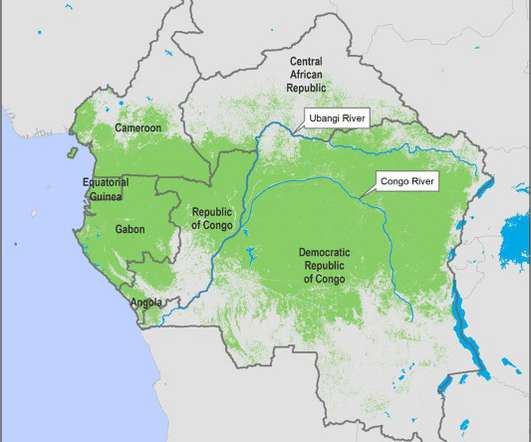The Bee-eaters of Africa
10,000 Birds
AUGUST 14, 2012
These beaters usually take the form of grazing herds of game and domestic animals, and large flocks of carmine bee-eaters may gather overhead. After breeding they also disperse over the rainforests and savannas of West and Central Africa, where they hunt for aerial insects. They prefer open areas, especially around wetlands.











Let's personalize your content